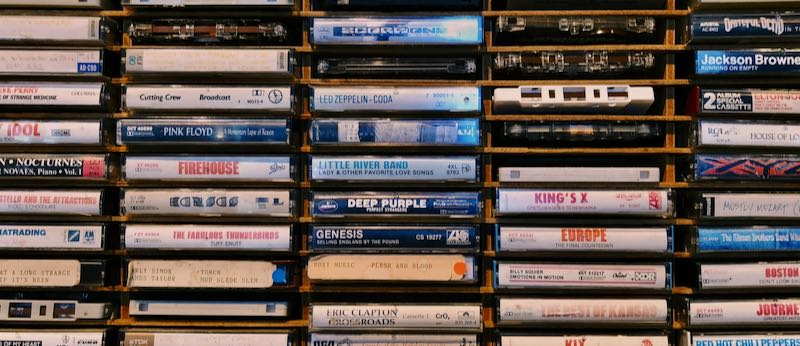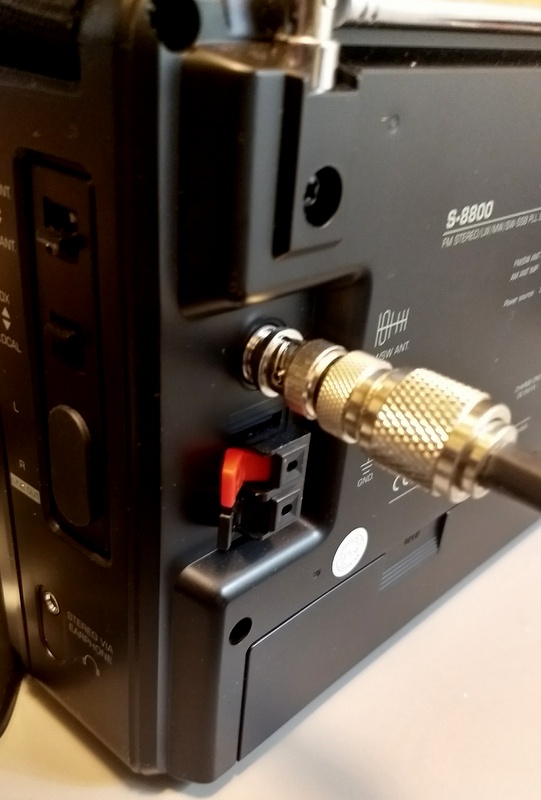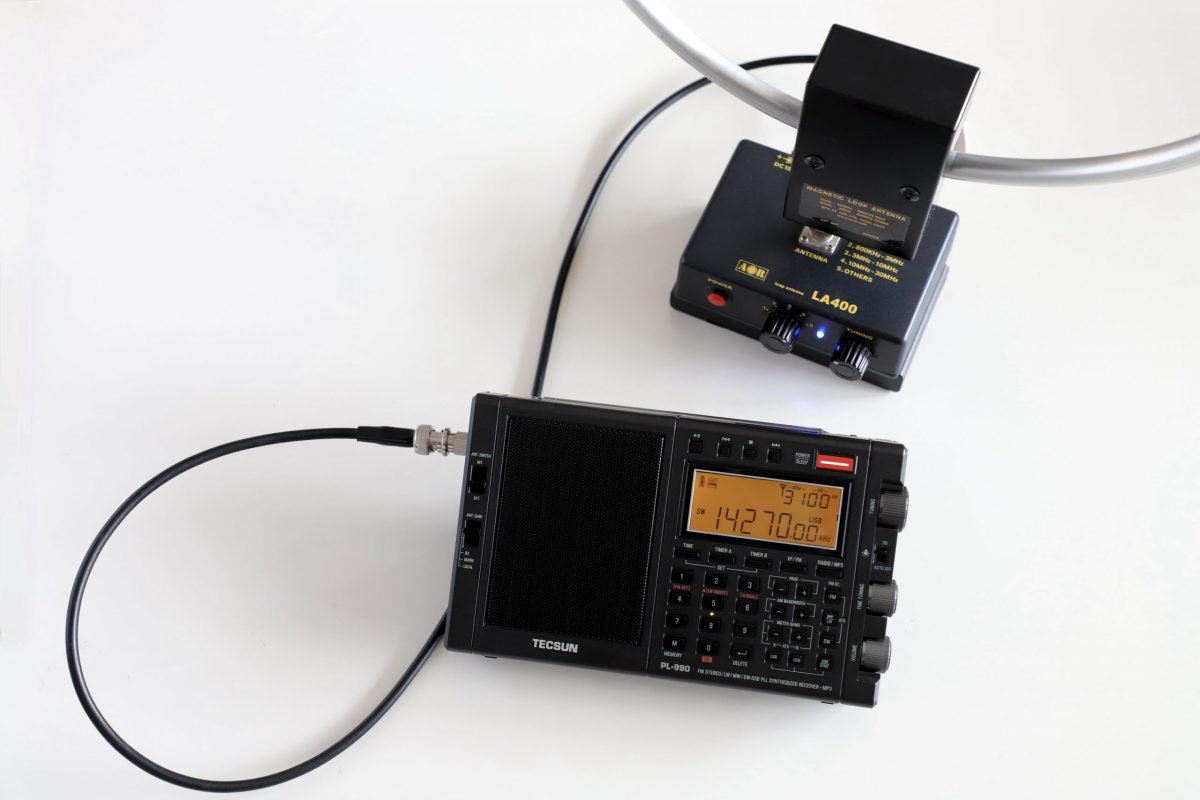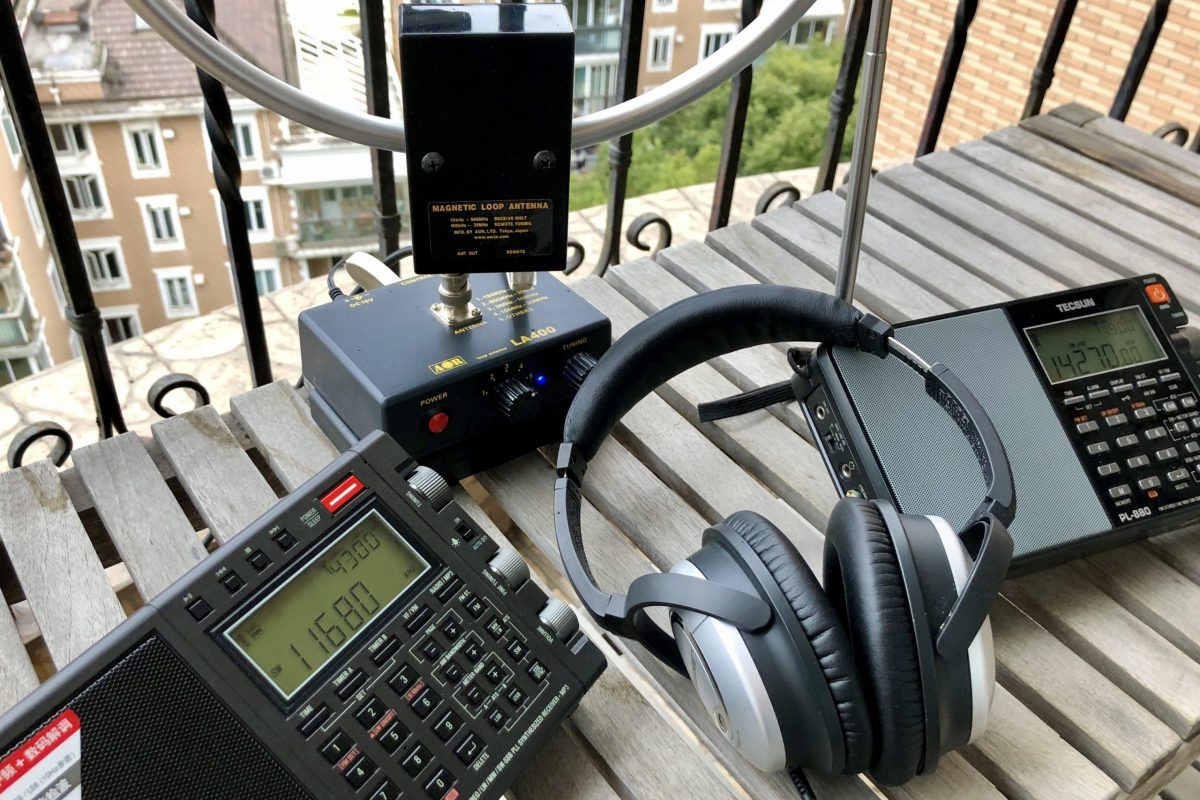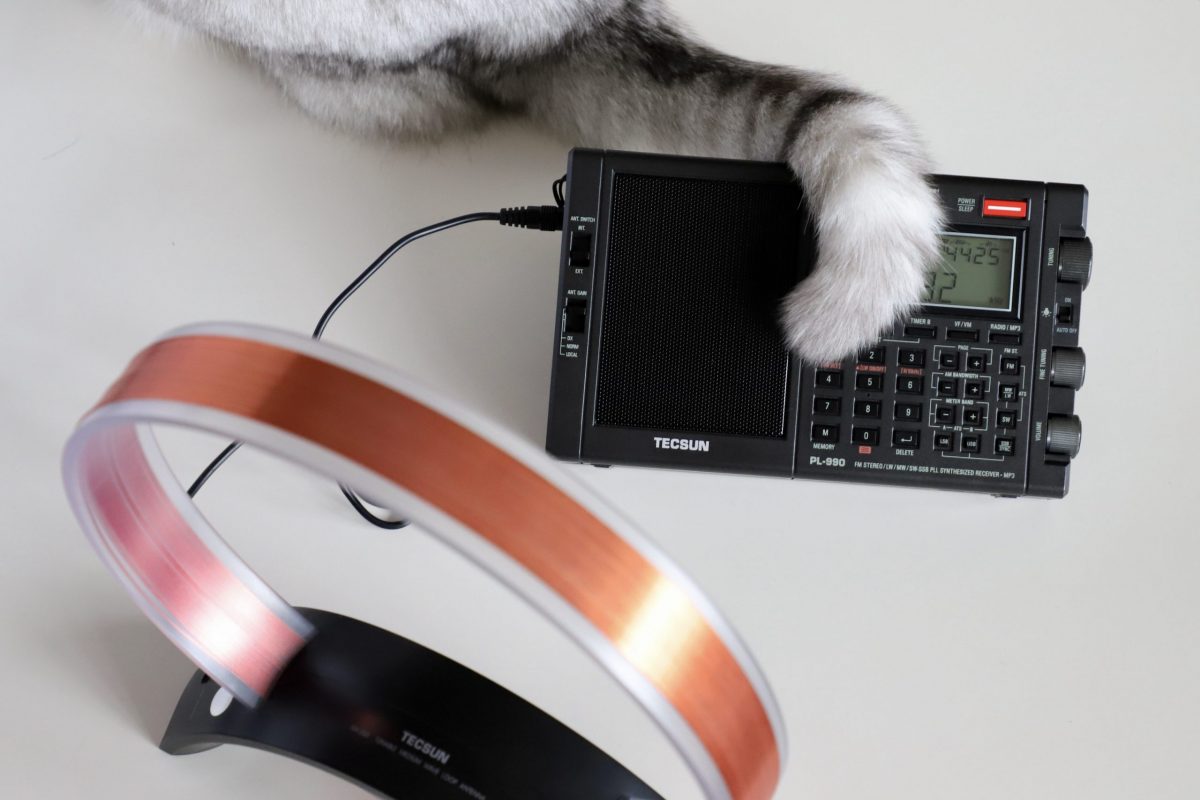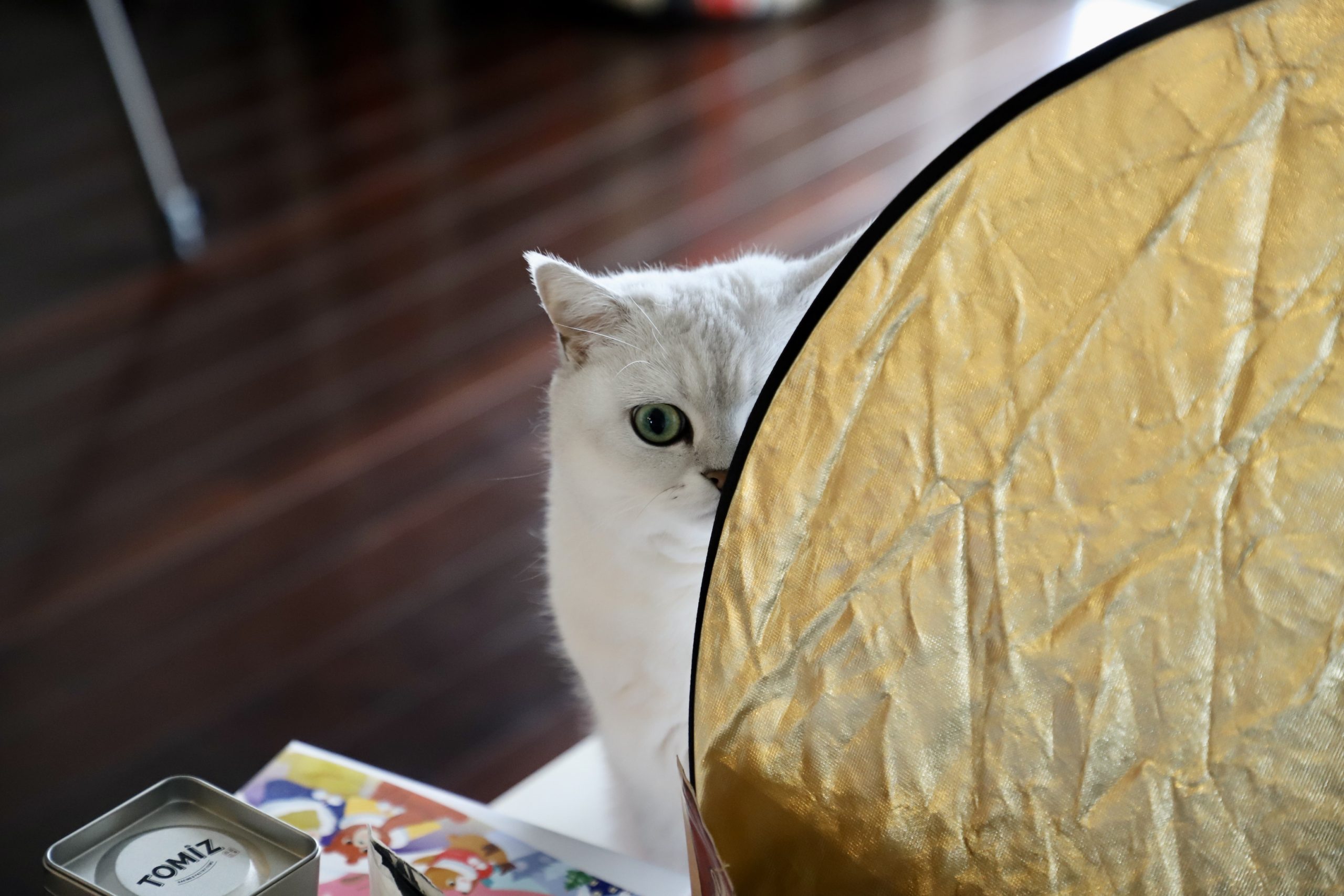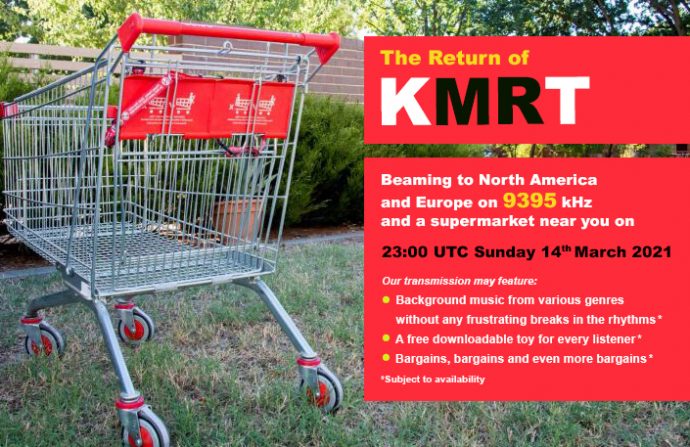 Many thanks to SWLing Post contributor, Fastradioburst23, who shares the broadcast flyer above. Looking forward to some more KMRT Blue Light Specials!
Many thanks to SWLing Post contributor, Fastradioburst23, who shares the broadcast flyer above. Looking forward to some more KMRT Blue Light Specials!
Video: PHILCO Transistor Manufacturing (1957)
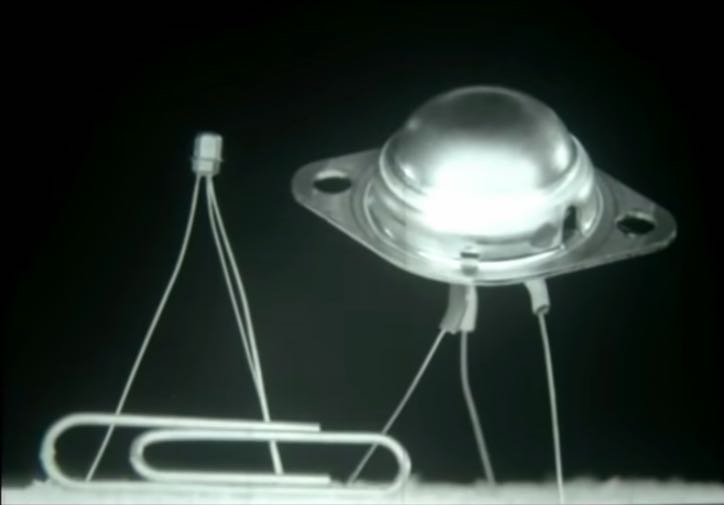 Many thanks to SWLing Post contributor, Dave Zantow, who shares the following video from the Computer History Archives Project YouTube channel:
Many thanks to SWLing Post contributor, Dave Zantow, who shares the following video from the Computer History Archives Project YouTube channel:
https://youtu.be/BillR7xtTxc
Radio Waves: Digital Audio via Vintage Radio, “10-Minute-ish” Transmitter, Why No Channel 37, and Inventor of the Audio Cassette Dies at Age 94
Radio Waves: Stories Making Waves in the World of Radio
Because I keep my ear to the waves, as well as receive many tips from others who do the same, I find myself privy to radio-related stories that might interest SWLing Post readers. To that end: Welcome to the SWLing Post’s Radio Waves, a collection of links to interesting stories making waves in the world of radio. Enjoy!
Many thanks to SWLing Post contributors Ron, Valdo Karamitrov, Ronald Kenyon, and the Southgate ARC for the following tips:
‘I play digital music through my 1949 radio’ (BBC News)
When we think of technology our imagination usually takes us to images of the future. But for some, technology links us to the past – whether for nostalgia or for personal reasons
Following our recent feature on vintage technology, we asked you to share some of your collections with us – and people from around the world responded..
Rob Seaward, North Yorkshire, UK: 1949 Murphy A146 radio
I have a collection of older technology which I have collected throughout my life – including old cameras, calculators, hi-fis and radios. I had been interested in music from an early age, but it was really when my father purchased a Bang and Olufsen music centre that my interest in not only music, but style and function really took off.
To me, a lower middle-class grammar school kid living in Bradford, I suddenly had access to a world of real style and glamour.
My favourite piece must be the Murphy A146 console radio designed by Gordon Russell in 1949.
Its nickname is the “Batwing” because of the shape of the back panel. The sound is rich, slightly warm and typical of valve equipment. In its day, the radio cost the equivalent of an average monthly wage, it was built to last and the original valves are still working today.
However, as it pre-dates FM it is a little limited. I’ve had it restored and as part of the process we had a Bluetooth adapter installed which means I can now play my favourite digital music through this wonder from the 1940s – which really amazes people.[…]
Getting on the Air With a 10-minute-ish Ham Transmitter (Hackaday)
Artificially constrained designs can be among the most challenging projects to build, and the most interesting to consider. The amateur radio world is no stranger to this, with homebrew radio designs that set some sort of line in the sand. Such designs usually end up being delightfully minimalist and deeply instructive of first principles, which is one reason we like them so much.
For a perfect example of this design philosophy, take a look at [VK3YE]’s twist on the classic “10-Minute Transmitter”. (Video, embedded below.)
The design dates back to at least the 1980s, when [G4RAW] laid down the challenge to whip up a working transmitter from junk bin parts and make a contact within 15 minutes — ten for the build and five for working the bands. [VK3YE] used the “oner” — one-transistor — design for his 10-minute transmitter, but invested some additional time into adding a low-pass filter to keep his signal clean, and a power amplifier to boost the output a bit.[…]
Why Channel 37 Doesn’t Exist (And What It Has to Do With Aliens) (Vice)
Since the advent of analog TVs, channel 37 has always been static. Here’s why.
A version of this post originally appeared on Tedium, a twice-weekly newsletter that hunts for the end of the long tail.
I’m endlessly fascinated by stories of the quirks that were built into the TV system where the well-laid plans of the system simply fell apart because it was asked to do too many things.
Nearly five years ago, I wrote about one of them, the tale of how radio broadcasters were able to shoehorn an additional FM station into the radio because of the proximity of TV’s channel 6 to the rest of the radio feed.
So when I was informed that there was another oddity kinda like this involving the TV lineups, I decided I had to take a dive in.
It’s a tale that centers around channel 37, which was a giant block of static in most parts of the world during the 20th century.
The reason for that was simple: it couldn’t fend off its scientific competition.
1952
The year that the U.S. Federal Communications Commission opened up the television system to use UHF, or ultra high frequency signals. The practical effect of this addition of bandwidth was that the total number of potential TV stations increased dramatically, from 108 to 2,051, overnight. The first UHF applications were granted on July 11, 1952, according to The History of UHF Television, a site dedicated to the higher-frequency television offerings.
The radio telescope that became a headache for the television industry
Within a 600-mile radius of the city of Danville, Illinois, population 31,246, are numerous major cities—among them Chicago, Detroit, Milwaukee, Atlanta, Minneapolis, Pittsburgh, St. Louis, Toronto, and Washington, DC.
Nearly the entire length of the Mississippi River fits into that radius. If Danville was located just a little farther to the east, the radius would also include Philadelphia and New York City. For all intents and purposes, a 600-mile radius from Eastern Illinois covers basically the entire East Coast except the state of Florida and the Northeast.[…]
Dutch inventor of the audio cassette tape dies aged 94 (Southgate ARC)
Lou Ottens, inventor of the cassette tape and a CD pioneer died aged 94 at his home in Duizel in Brabant on Saturday, Dutch media report.
Ottens, who studied to be an engineer, started working for Philips in 1952. Eight years later he became head of the firm’s recently introduced product development department. Within a year he and his team had developed the first portable tape recorder of which over a million were sold. Two years later he revolutionised the old reel-to-reel tape system by inventing the cassette tape.
‘I got annoyed with the clunky, user-unfriendly reel to reel system, it’s that simple’, Ottens said later. The new carrier had to be small enough to fit into his jacket pocket, Ottens decided, and he had a wooden model made to determine the ideal size. In 1963 the first plastic encased cassette tape was presented at an electronics fair carrying the slogan ‘smaller than a pack of cigarettes!’ The tapes were quickly copied by the Japanese but in different formats!
Ottens managed to make a deal with Sony to use the mechanism patented by Philips to introduce a standard cassette which was then rolled out globally. Over 100 billion were sold worldwide. Ottens went on to develop the CD, which again became a Sony-Philips standard and which sold over 200 billion.
In 1986 Ottens retired but he was often asked if he was proud of his inventions, which allowed millions to have access to music. ‘I have no ‘pride dial’’ Ottens said in an interview, stressing that both inventions were team efforts. His biggest regret was that that Sony, not Philips, invented what he considered to be the ideal application for the cassette tape, the Walkman. ‘That still hurts,’ he said. Dubious about the recent revival of the cassette tape Ottens said ‘nothing could beat the sound of a CD.’
Read more at DutchNews.nl
https://www.dutchnews.nl/news/2021/03/dutch-inventor-of-the-audio-cassette-tape-dies-aged-94/?
Do you enjoy the SWLing Post?
Please consider supporting us via Patreon or our Coffee Fund!
Your support makes articles like this one possible. Thank you!
Shortwave portables, external antennas, overloading, and electrostatic discharge
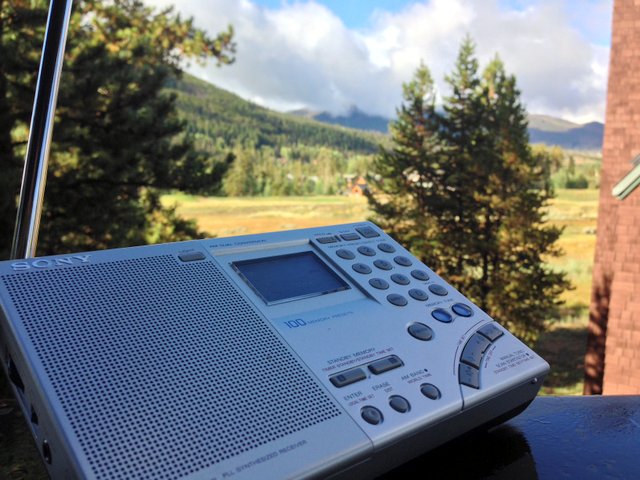 Many thanks to SWLing Post contributor, Jack Dully, who writes:
Many thanks to SWLing Post contributor, Jack Dully, who writes:
I am just wondering what portable receivers are more susceptible to overloading with long dipoles, say 60-70 ft.
I regularly use such and I have never noticed anything unusual happening with a Sony ICF-7600GR, Grundig G3, or PL-880 to name a few. I just ordered a Tecsun 680. Perhaps many of the newer radios have better AGC thresholds or more robust front ends but I really don’t know for sure.
[Also] how exactly do you know if your receiver (portable OR not) is being overloaded by too big of an antenna (ie. dipole, inverted V and the like) and will it damage your receiver? Is there still a way of using a large antenna to capture more distant stations safely, especially with good quality portables?
Thank you for sharing this question, Jack, and my hope is that SWLing Post readers can chime in with details and advice in the comments section of this post.
These are deep topics, but I’ll try to answer a few of your questions…
First of all, you definitely can harm a portable radio by hooking it up to a large antenna. Many portables have no means of protecting themselves from ESD (Electrostatic Discharge). By hooking a portable up to a long wire antenna, you can expose it to ESD which will essentially deafen your radio until you’re able to repair it. Indeed, this reminds me of an article from our archives regarding a Tecsun PL-600 ESD repair. Some radios do have built-in ESD protection (like the PL-680), but I’m not entirely sure it would offer protection from a particularly strong ESD pulse.
Symptoms of overloading can vary. Sometimes overloading can sound like background splatter and even popping. Sometimes you’ll hear “images” of broadcasters across the bands; muffled audio of a blowtorch station. Another sign of overload is when your signal meter jumps at the same time your receiver goes deaf. It’s as if your radio is simply overwhelmed by strong signals and it can manifest itself in odd ways especially since the AGC usually falls apart.
Like you, I’ve found that my Sony ICF-7600GR seems to be able to handle large wire antennas with no discernible overload. Also, the Tecsun S-8800 (above) is well-equipped to handle larger external antennas and even sports a proper antenna port on the back. I know Sangean ATS-909X owners who only use their radio with an external wire antenna and have excellent results.
Some portable radios are very sensitive with the built-in whip antenna, but fall apart if attached to a long wire antenna.
In general, the cheaper the radio, the less likely it has a front end and filtering that can cope with overloading.
Overloading advice?
Please comment with your experience regarding overloading. Have you found some radio models better than others at coping with blowtorch stations, for example? What do you do to protect your receivers from electrostatic discharge when hooked up to large antennas? Please comment!
KSKO’s “Virtual Dance Party Request Party Thingy” via WRMI
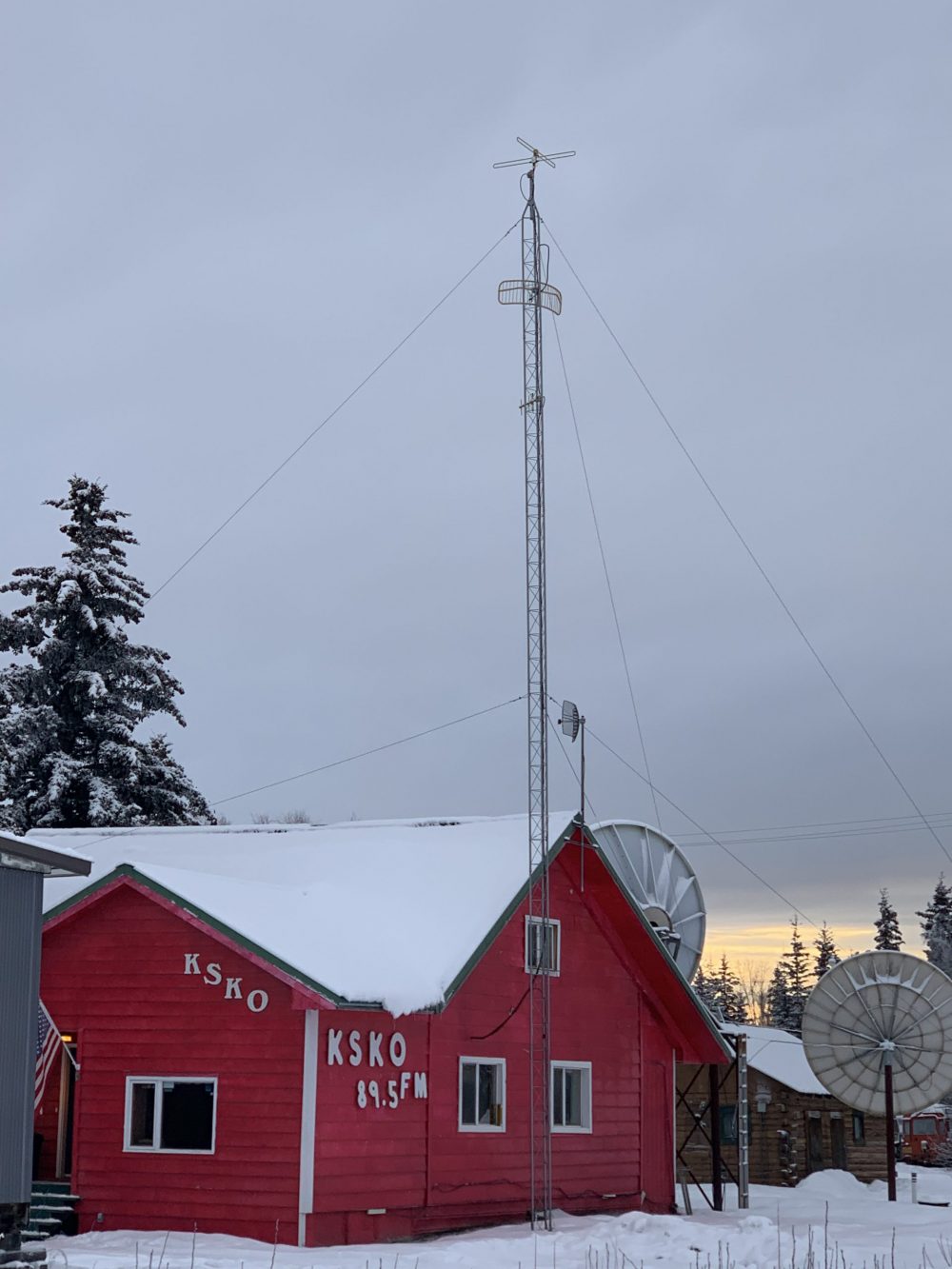 Many thanks to SWLing Post contributor, Paul Walker, who shares the following announcement:
Many thanks to SWLing Post contributor, Paul Walker, who shares the following announcement:
Tune into WRMI for “The LIVE Friday Night Virtual Dance Party Request Party Thingy” from community station 89.5 KSKO McGrath, Alaska.
The broadcast will take place on Saturday, March 20th 2021 from 0300 to 0500 UTC on 7570 kHz for the west coast and 7780 kHz for the east coast. KSKO Program Director Paul Walker is going to be hosting the show and WILL take requests by phone at (907) 524-3001 DURING the show!
It’ll be all kinds of music from the 60s to today from all genres, so there’s probably going to be something for everyone. Paul says, “I’m funding the WRMI airtime costs from my own personal pocket, not the stations bank account. I’m doing it just because, for fun.. because I can.. because why not?”
Thanks, Paul! I’ll certainly tune in and perhaps even call in!
Michael pairs the Tecsun PL-990 and the AOR LA400
Many thanks to SWLing Post contributor, Michael Ye (BD4AAQ), for the following guest post:
In the Loop: PL-990 and LA400, a Perfect Match
by Michael Ye (BD4AAQ)
I have been a happy owner of Tecsun’s PL-880 world band receivers for years. In fact I have two PL-880 radios, one sitting at home and the other staying in my car. So, after Tecsun introduced the new model PL-990 in late 2020, it didn’t take me long to decide to purchase one. In this article I will discuss the Tecsun PL-990 receiver working with loop antennas, while referencing some relevant features of the PL-880.
Overall performance of the PL-990
Merely by its model number, it is easy to regard the PL-990 as an upgraded version of the already highly reputable PL-880. As expected, the PL-990 can very much be regarded as a combination of all the existing fine radio features of the PL-880 AND the music and bluetooth additions, with a number of improvements for instance in shortwave and medium wave performance. The ergonomic design of the PL-990 looks and feels different from that of the PL-880 in a number of ways. Although I may prefer the the more slim and elegant appearance of the PL-880, the PL-990 gives a more rugged and durable feeling, among other improvements over the older PL-880.
Working with loop antennas
Living on the twelfth floor of a condominium in the crowded Shanghai, I have often been fascinated with loop antennas. As a licensed amateur operator, I have used the MFJ-1786X and have been impressed with its performance. On reception, I also find loop antennas appealing, as they are able to pull in weak signals while noticeably reducing electro-magnetic interference rampant in the urban environment. I have an unbranded shortwave loop antenna which I believe is based on and performs similarly with the AOR LA320. Despite its excellent performance, it is only good for the 5MHz – 15MHz shortwave range. So a few years ago when AOR launched the new LA400 wideband loop antenna, I bought one, which I often pair up with the PL-880 and other radios for shortwave listening, and get satisfactory results!
Antenna Switch on the PL-990
Now, back to the PL-990. When I first tried the PL-990 with the LA400, the results were generally good but not as good as as compared with using the same LA400 on my PL-880. This puzzled me for a day or so until I realised that the PL-990 actually has an antenna switch which the PL-880 does not have. The switch is used to toggle between an internal antenna (i.e. the built-in ferrite bar/telescopic antenna) and an external one (e.g. the AOR LA400). So a new PL-990 user who has often operated the PL-880 when first using the PL-990 could easily ignore the switch which should be pushed to “Ext” when plugging in an external antenna. This explains why the PL-990 may suddenly appear less sensitive than expected.
“Ext” antenna input for all bands
Contrary to the PL-880 whose external antenna socket is only good for shortwave signal input, the PL-990’s external antenna socket works with all bands, from long wave to FM. I found this to be an important and very useful change, and a pleasant surprise for my LA400, which covers a wide range of frequencies from long wave to medium wave to FM and up to 500MHz.
Once the LA400 is connected, the correct band selected, and last but not least the antenna switch turned to “Ext”, the PL-990 and the LA400 work like a charm in the indoor setting, remarkably better than the built-in telescopic antenna. With the loop connected, while there is not much to expect on the long wave band because of very few long wave stations remaining in the world, reception improves considerably on all other bands including on the medium wave and FM bands, as is also reflected on the upper right hand display of the signal strength and S/N ratio readings. Needless to say, performance on shortwave is as good as on the PL-880, if not better (again, remember to push the antenna switch to “Ext” when using it on the PL-990). Using the AOR loop on the PL-990 for FM reception is somewhat different as there does not seem to be a noticeable tuning point. Simply select the “Others” band, which appears to be broad enough for fair FM reception.
Tecsun AN-200 loop antenna
It is worth mentioning that I have a Tecsun AN-200 tunable medium wave antenna, which I have not used often. As its name suggests, it is for medium wave reception only. I tried it on the PL-990. Works great.
It is hard to tell which one, the PL-LA400 or the AN-200, fares better, as the signal strength and S/M readings are quite close. They both perform better than the radio’s internal ferrite bar antenna to varying degrees, by improving the signal strength or the S/N ratio or both. The Tecsun loop is a passive antenna, meaning no power is required, making it easy to be used “wirelessly”, by simply placing the loop close to the radio, without having to be connected to the radio via a cable.
It should be noted that in the “wireless” mode of the AN-200 the antenna switch on the PL-990 should remain at “Int” so as for its built-in ferrite bar and the loop to couple with each other.
FTIOM & UBMP, March 14-20
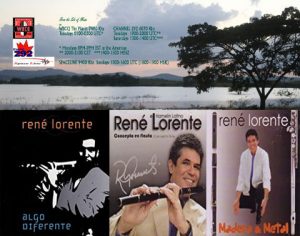

From the Isle of Music, March 14-20:
This week our special guest flautista René Lorente, a veteran of Orquesta Aragon, Orquesta America and Senen Suarez’ combo among other groups, shares some of his solo project recordings as we converse about his career.
The broadcasts take place:
1. For Eastern Europe but audible well beyond the target area in most of the Eastern Hemisphere (including parts of East Asia and Oceania) with 100Kw, Sunday 1500-1600 UTC on SpaceLine, 9400 KHz, from Sofia, Bulgaria (1800-1900 MSK)
2. For the Americas and parts of Europe, Tuesday 0000-0100 on WBCQ (NEW UTC), 7490 kHz from Monticello, ME, USA (Monday 8-9PM EST in the US).
3 & 4. For Europe and sometimes beyond, Tuesday 1900-2000 UTC and Saturday 1300-1400 UTC on Channel 292, 6070 kHz from Rohrbach, Germany.
Our Facebook page is https://www.facebook.com/fromtheisleofmusic/
Our V-Kontakte page is https://vk.com/fromtheisleofmusic
Our Patreon page is https://www.patreon.com/tilford
Uncle Bill’s Melting Pot, March 14-20:
In episode 208, we enjoy some popular discotheque music from Russia in the 1980s and 1990s with the help of some excellent suggestions from our listener Konstantin Barsenkov.
The transmissions take place:
1.Sunday 2200-2300 (NEW UTC) (6:00PM -7:00PM EST) on WBCQ The Planet 7490 kHz from the US to the Americas and parts of Europe
2. Tuesday 2000-2100 UTC on Channel 292, 6070 kHz from Rohrbach, Germany for Europe.
3. Saturday 0800-0900 UTC on Channel 292, 9670 kHz from Rohrbach, Germany for Europe with a directional booster aimed eastward.
Our Facebook page is https://www.facebook.com/UncleBillsMeltingPot/
Our V-Kontakte page is https://vk.com/fromtheisleofmusic
Our Patreon page is https://www.patreon.com/tilford

